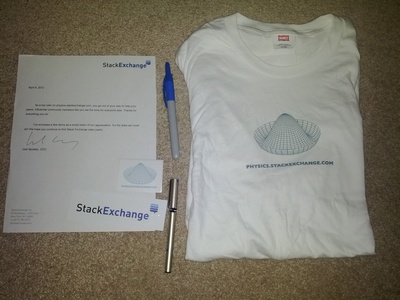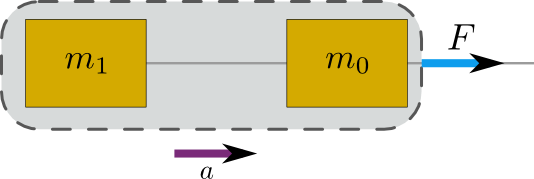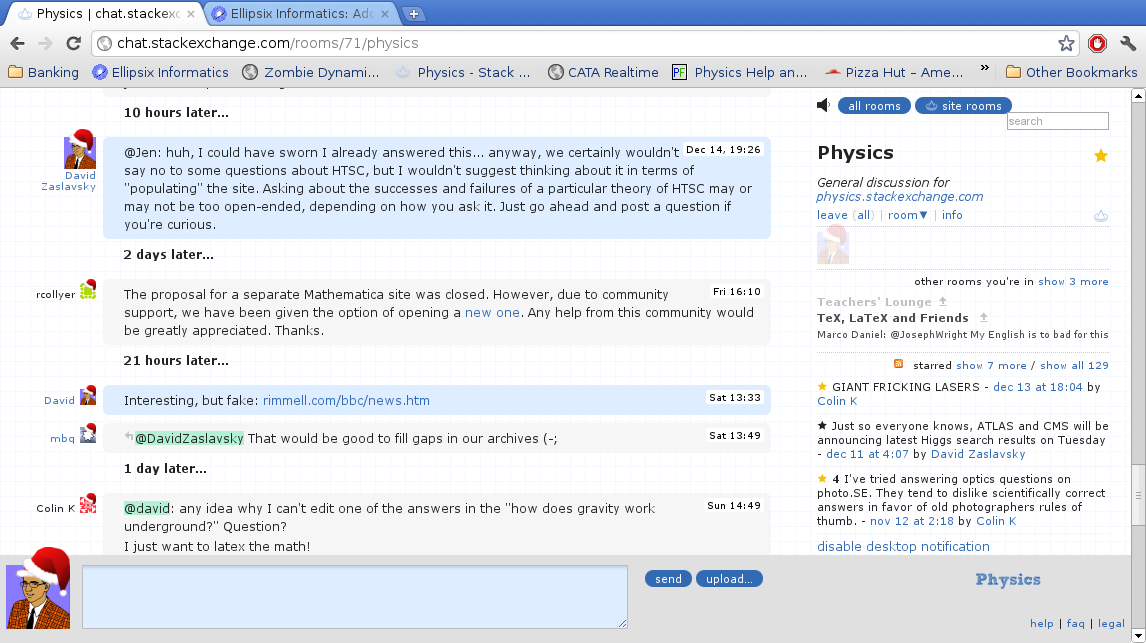Here’s one for the fellow Star Trek fans out there. At the end of Star Trek: Nemesis (SPOILER ALERT), the Enterprise-E and Shinzon’s Romulan warbird, the Scimitar, get involved in a battle in which the Scimitar latches on to the Enterprise using grips. One of the community members at Science Fiction and Fantasy Stack Exchange thought to ask, when the Scimitar fired its engines in reverse, why did it detach from the Enterprise rather than dragging both ships along?
At the question on SFFSE, there are two proposed explanations, the inertia of the Enterprise and the failure point of the grips. Both of them are relevant, but inertia doesn’t explain what happens all by itself. After all, if it were just inertia, what’s to say that the Scimitar detaches from the Enterprise instead of the engines detaching from both ships? As we’ll see, inertia does play a role in determining how much force is exerted on each part of each of the two ships’ structures. But once that force distribution is determined, it really comes down to whether the amount of force on the grips is enough to break them.
In the grand tradition of …


